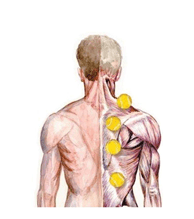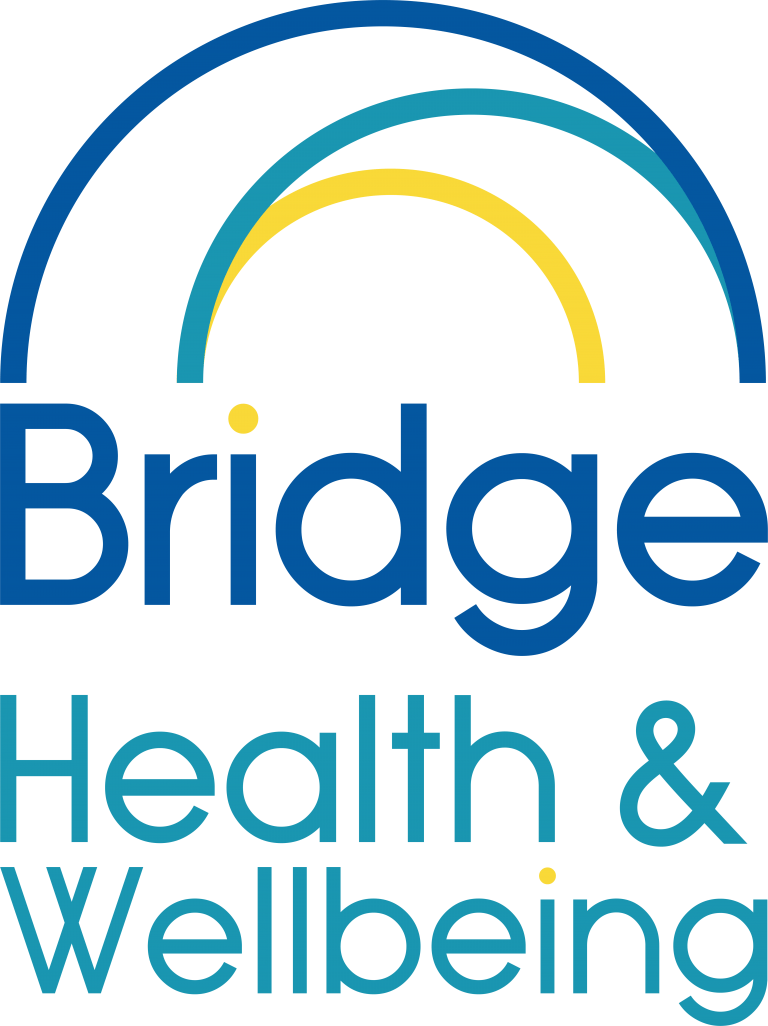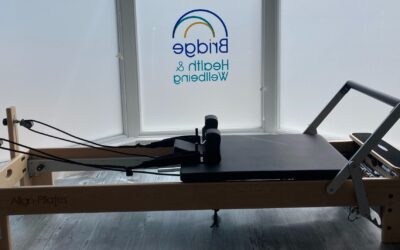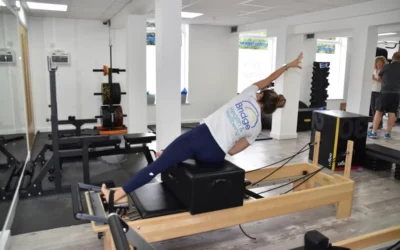Avoiding Neck Pain, Stretching, Massage, Posture & Workspace set up
As the home office becomes the new norm, it’s easy to fall into bad posture habits or end up with a workspace that makes you feel stuck in one position all day. Adapting to any new work environment can be difficult, especially when it involves fitting that space into your home.
Neck and shoulder pain is already common among office workers, but there are ways to mitigate neck pain and tension.
Here are some tips to look after your body through good posture:
1. Stretching for your Posture:
We all know that stretching takes a lot of effort, and often we forget without meaning to. By targeting the muscles that generally contribute to posture-related neck pain and upper back pain, you’ll increase the efficiency of your daily stretching routine. These three stretches are for the upper body postural muscles that are often tight and short in individuals that spend a large portion of their day sitting. Relieving some of the tension in this area will help you sit up straighter, avoid neck pain and allow you to be more comfortable sitting all day.
● Door Frame Stretch to open up your chest wall and stretch your pectoral muscles
● Levator Scapula Stretch to lower the shoulders away from the ears and lengthen the neck
● Scalene Stretch to expand the space between your shoulders and ears, effective for people who find they lean or tilt their head
2. Creating an Ergonomic Work Space
Prevention is the key to avoiding neck pain and back pain. Ideal sitting posture means computer screen at eye level, spine in a neutral position, elbows at 90°, wrist in a neutral position, thighs parallel to the floor and feet flat on the floor.
3. Practice Self-Massage

Sometimes it’s not possible to access a massage therapist, and no matter how much we wish our friend or partner could get to that ONE spot, they just can’t seem to get to the spot you need. Self-massage can really help. Lacrosse balls are fabulous tools for deep tissue self-massage that can help relieve pain and soften tight muscles. Unlike tennis balls, they do not squish with pressure allowing you to get more pressure in an area of tension. (If you do not own a lacrosse ball, don’t worry! Any ball of similar size and density will work.)
Using a lacrosse ball may not be as effective in targeting the smaller muscles around the neck. Manual pressure on the attachment points of a muscle can be very effective in signalling a relaxation response in the body. The attachment points of a muscle, called tendons, have little receptors called Golgi tendon organs that get activated when a muscle has contracted too far and/or forcefully.
By manually pressing on these receptors, it sends a similar signal to the brain that the muscle has contracted too much and now needs to relax. Many of the muscles in the neck overlap and have very similar attachment points, making it very easy to target more than one muscle with very similar pressure points.
4. Frequent Breaks
Posture isn’t about sitting in the perfect position, it’s about constant change. The human body is incredible at adapting to movements and positions. There’s no one inherently harmful or “pain-causing” position. The worst thing you can do is remain in the same position for a long period of time. That’s when muscles become short and tight or long and weak, potentially resulting in pain. Taking frequent breaks will remind you and your body to keep moving!
Tips for achieving frequent breaks:
● Get up and move: go for a walk around the block, do a lap of your house, put some music on and dance around for 2 minutes
● Drink lots of water: frequent bathroom breaks and trips to the kitchen for refills
● Set an alarm on your phone every hour to remind you to switch positions
5. Stress Relief
Stress is a huge contributor to neck pain and upper back pain; many clients hold their stress and tension in their shoulders. Posturally, this can be observed as shoulders held up by the ears, shoulders rounded forwards and high muscle tone in the neck and back. A study done by the UK government found that stress, depression and anxiety accounted for 44% of all work-related health issues.
By engaging in self-care and managing stress levels, it is possible to minimise stress-associated pain and tension.
Mindfulness apps, such as Insight Timer, and online exercise classes are great ways to reduce stress levels. Alternatively, listen to music, be creative, and enjoy nature; anything you find enjoyable will work.
These tips are easy to implement and will make a huge difference in how your neck and upper back will feel by the end of a working day. Try them out and let us know how they’ve worked for you!



